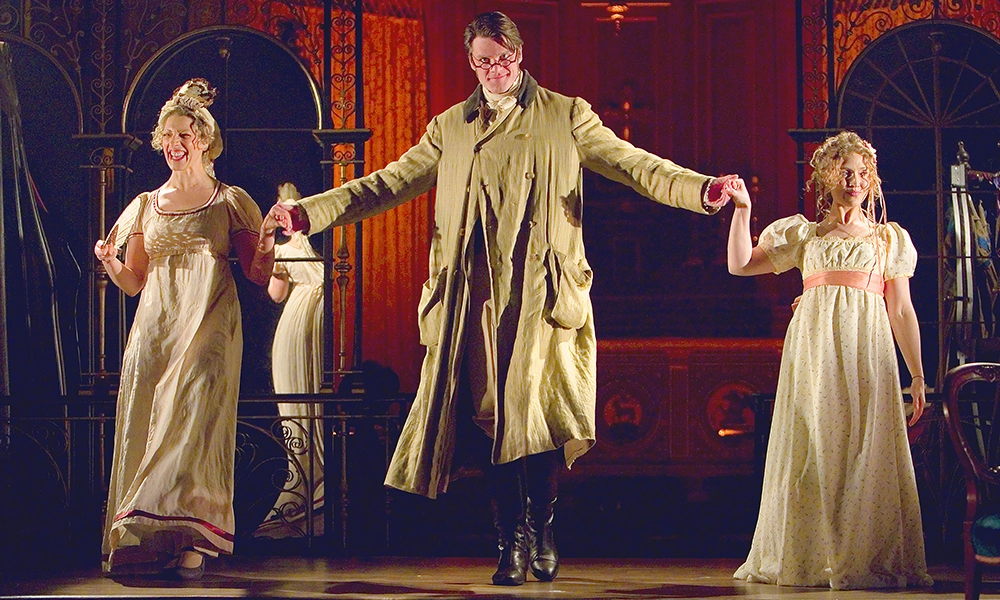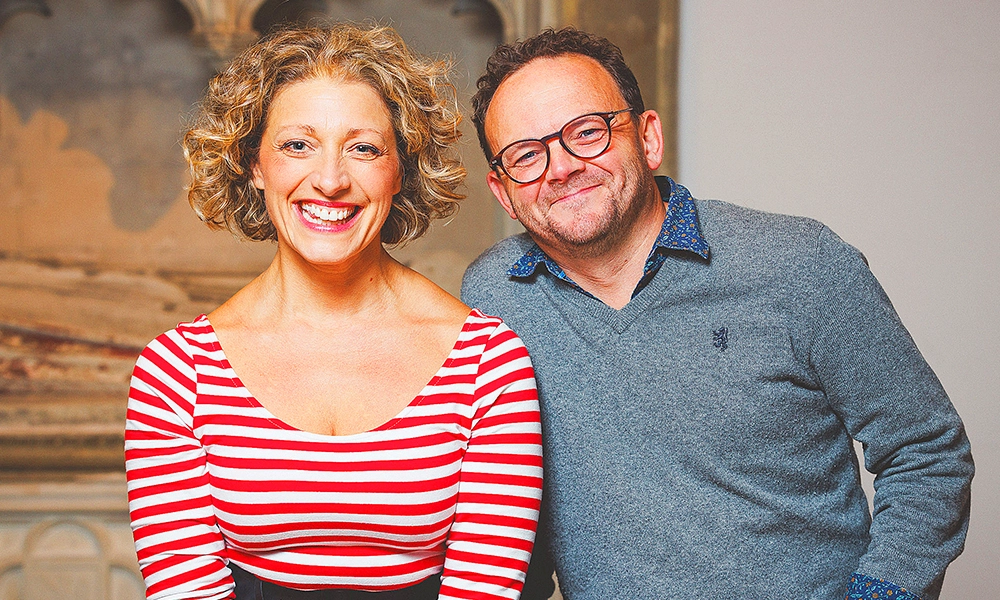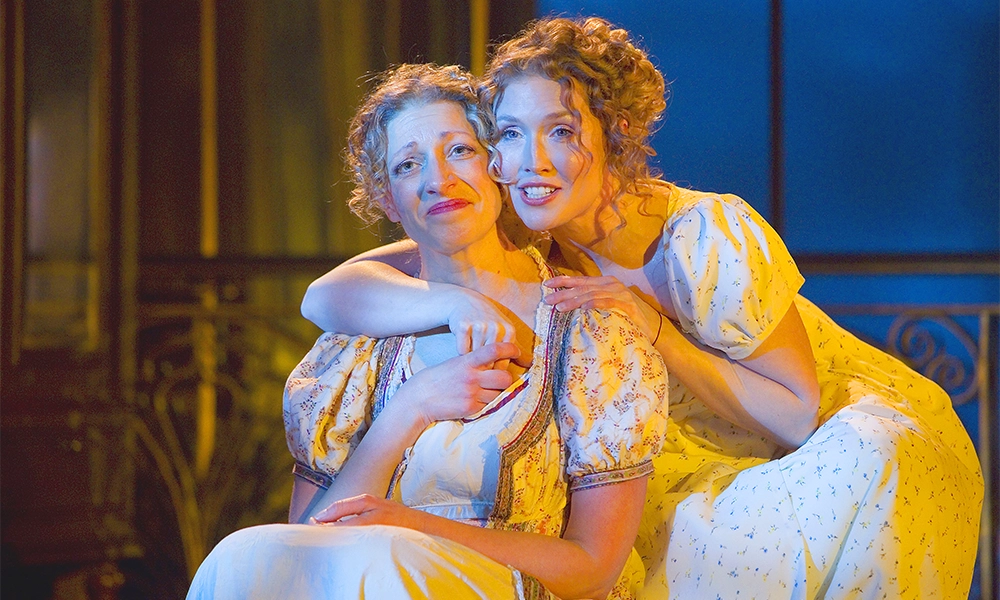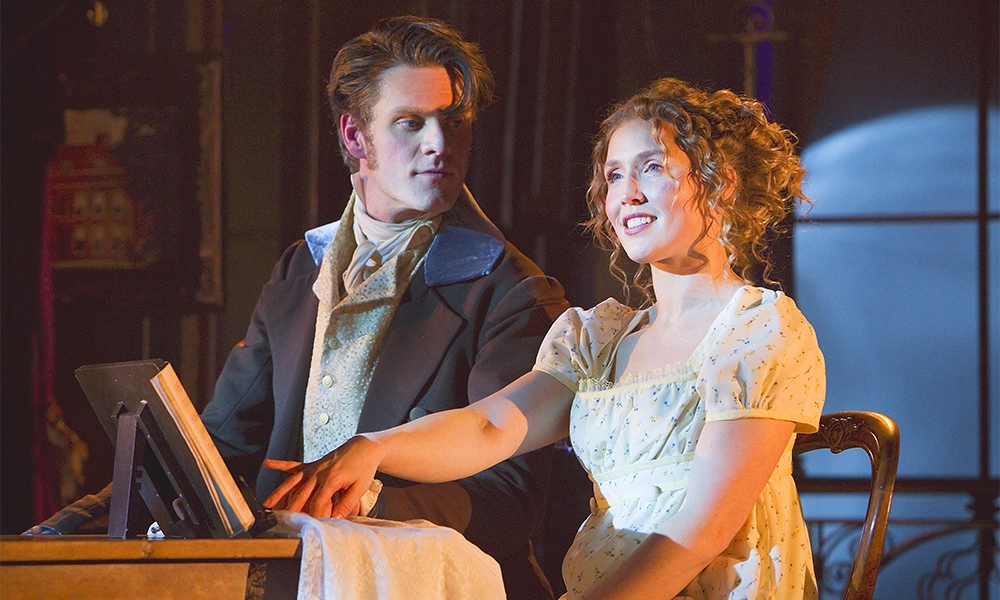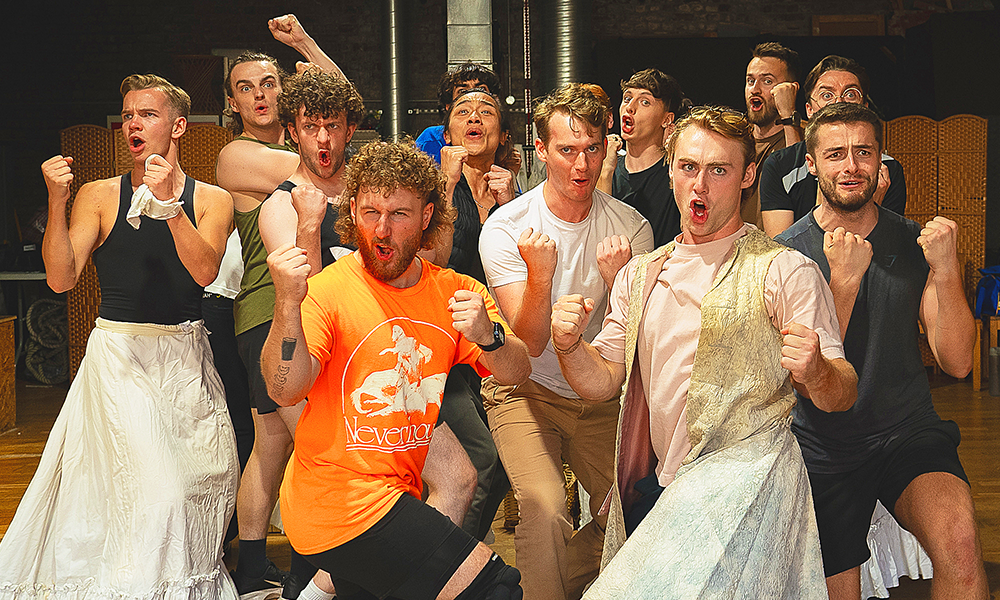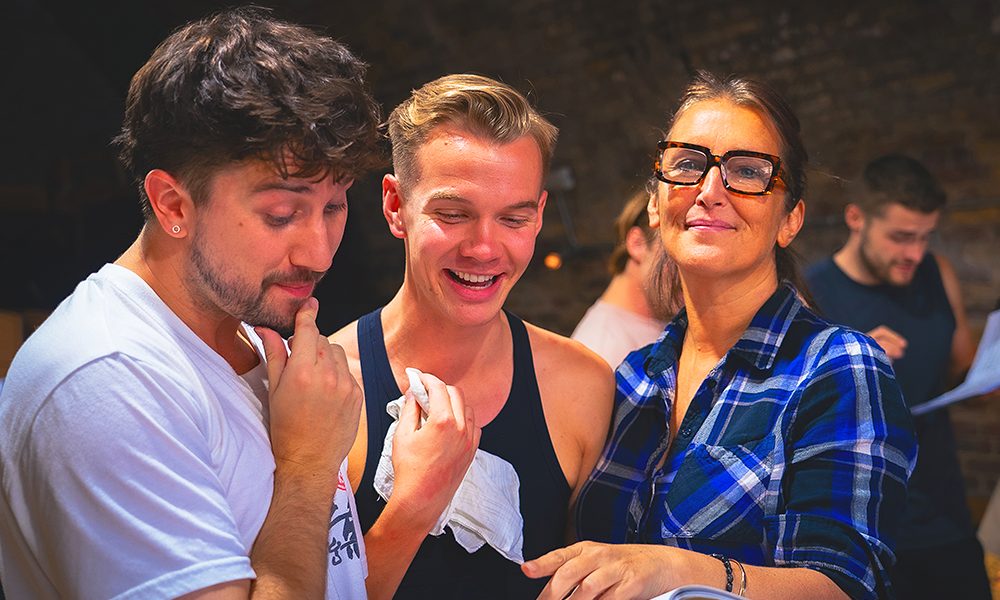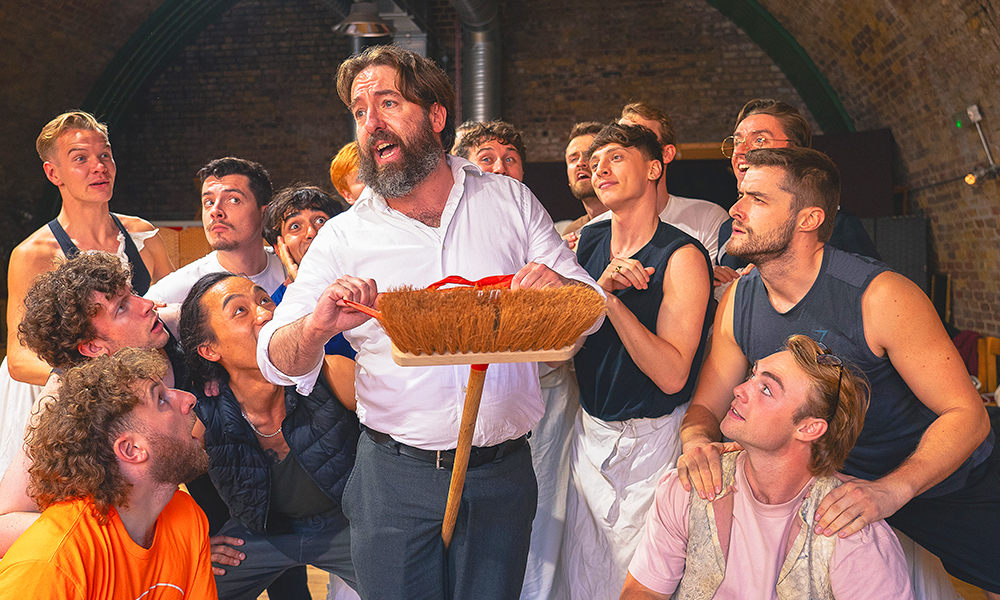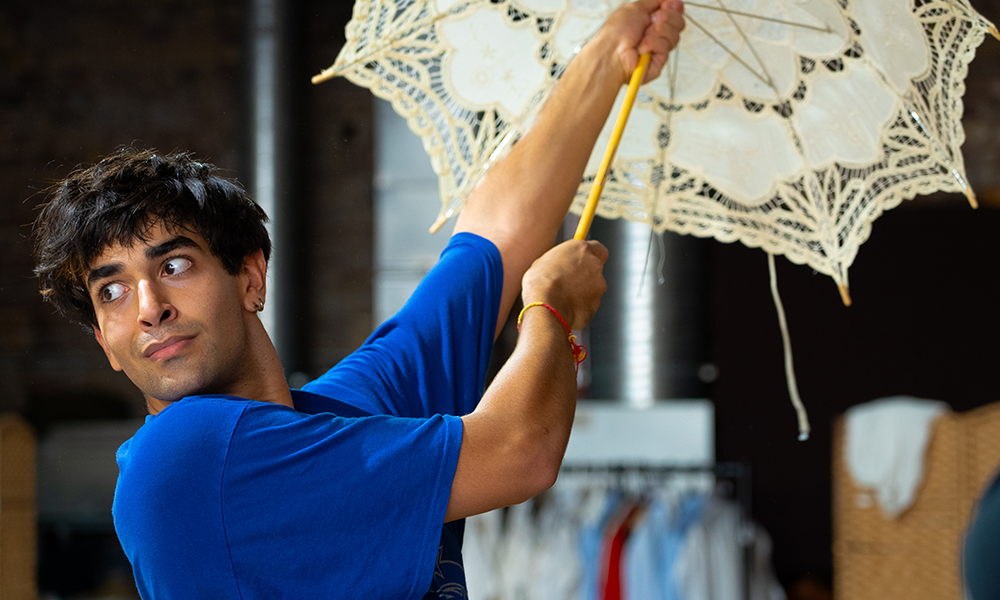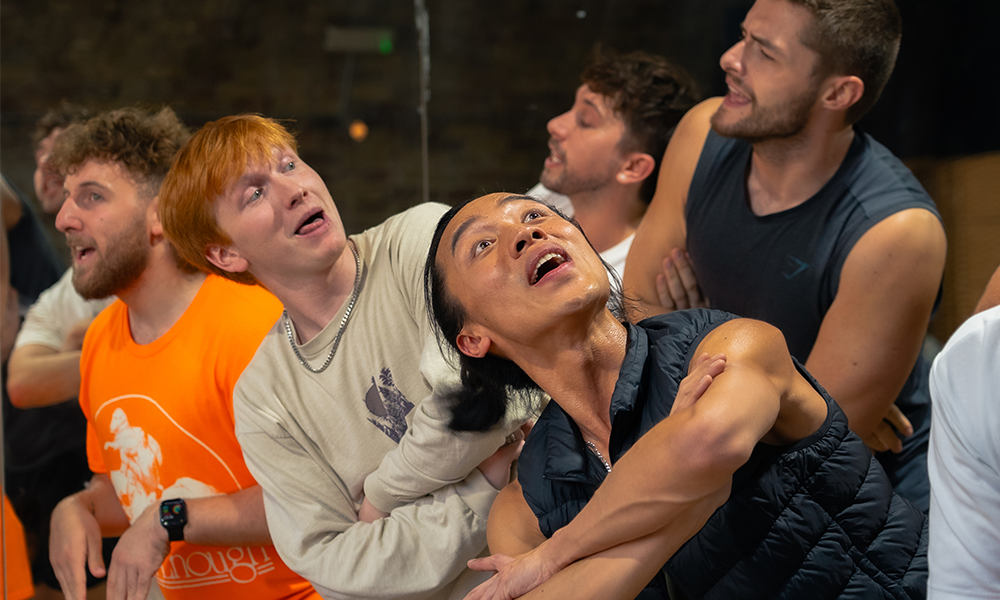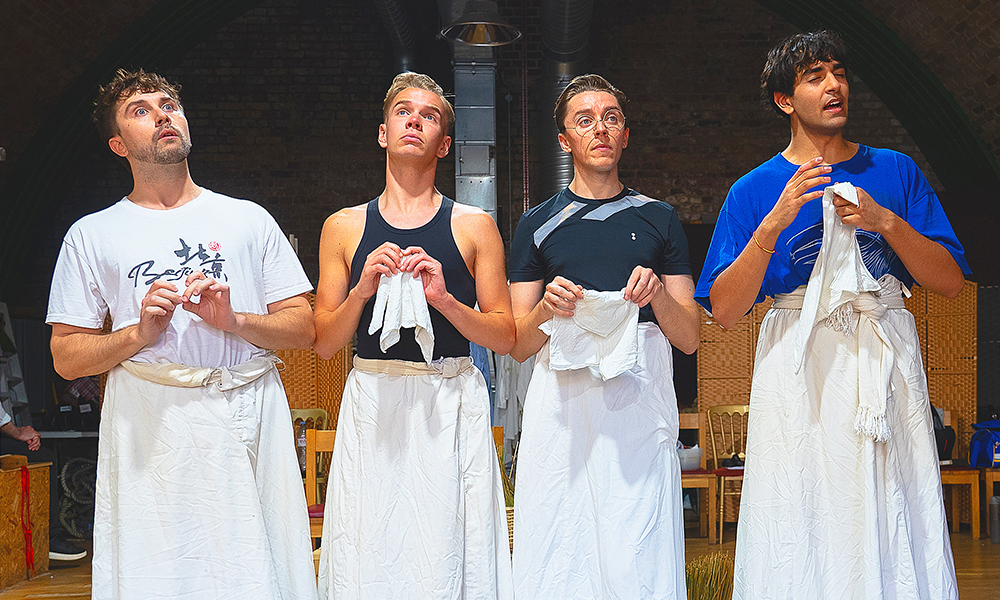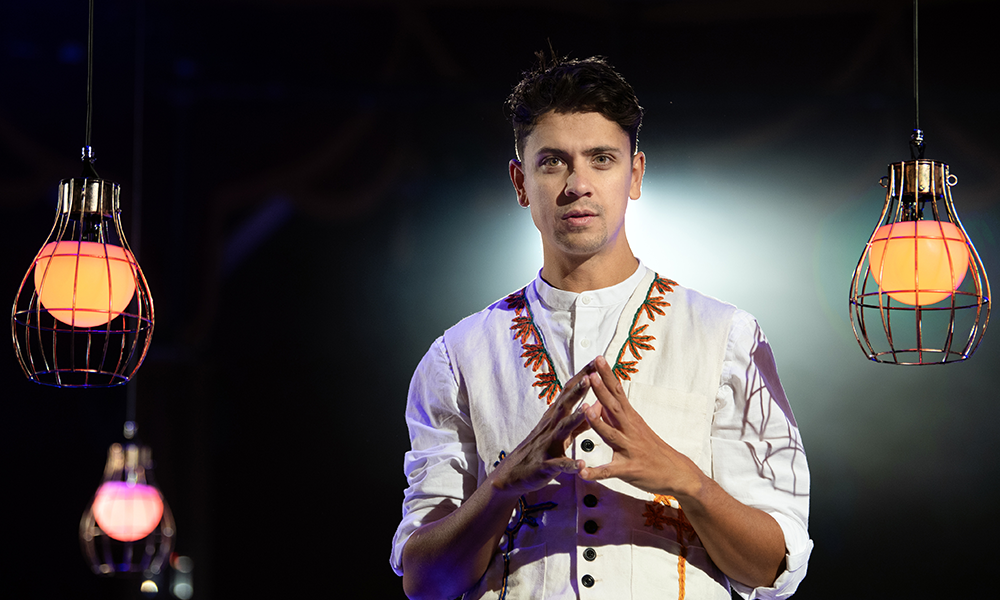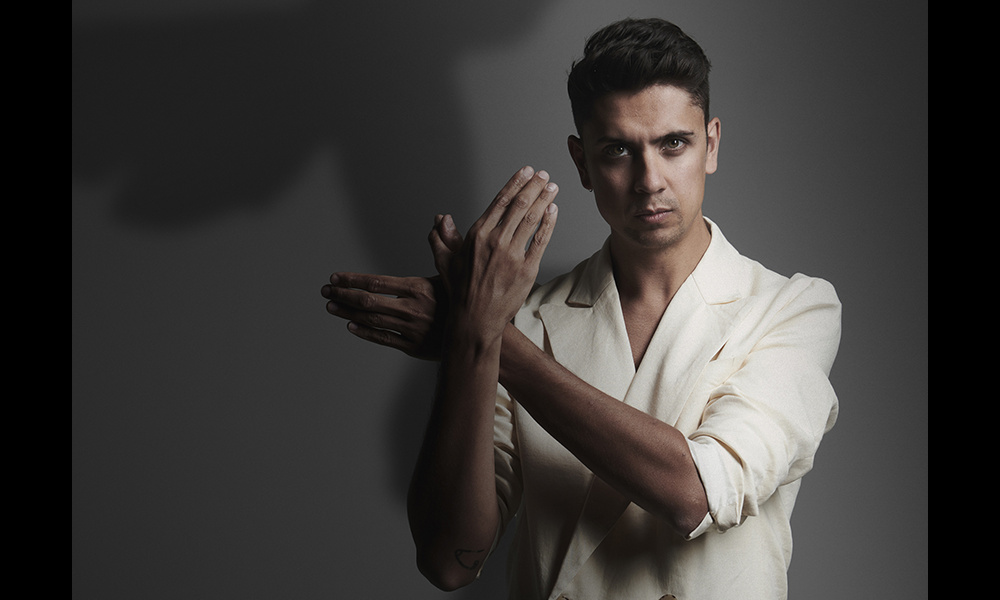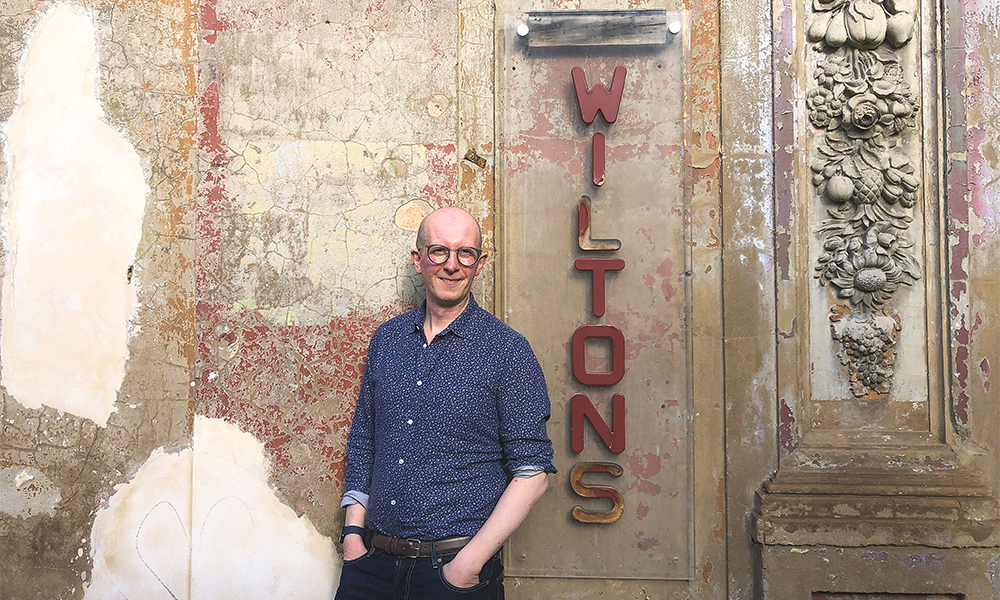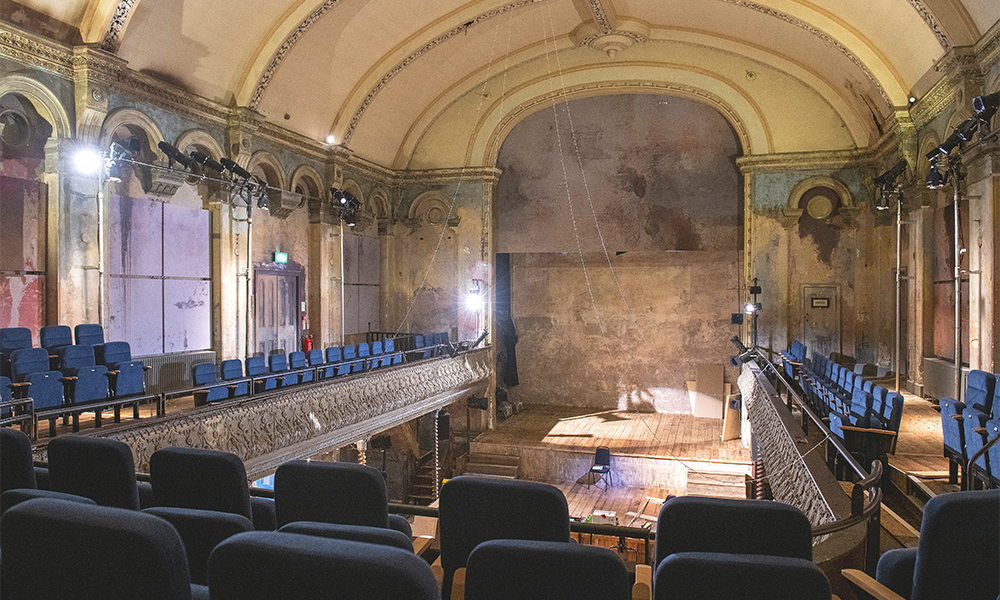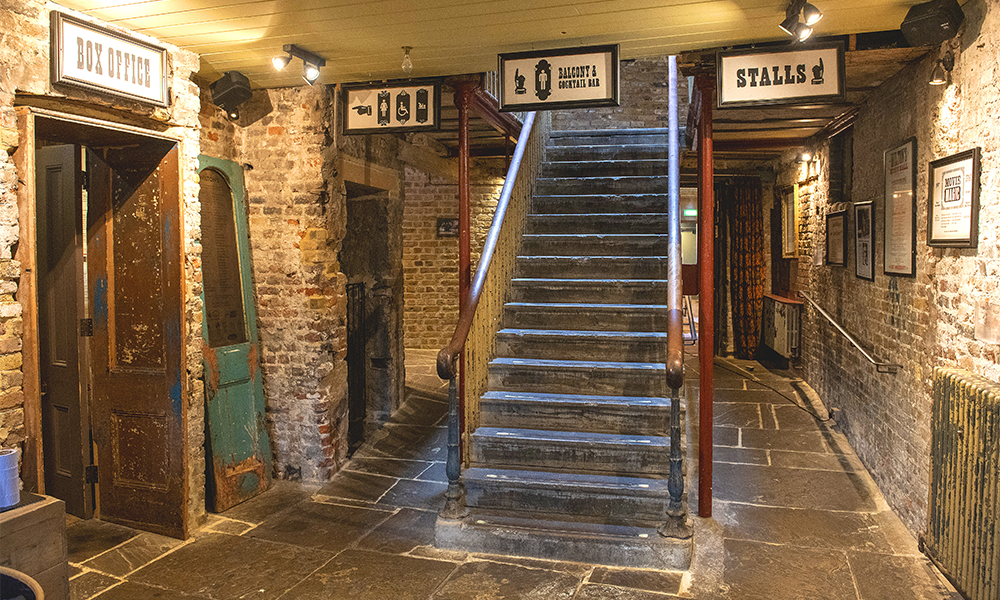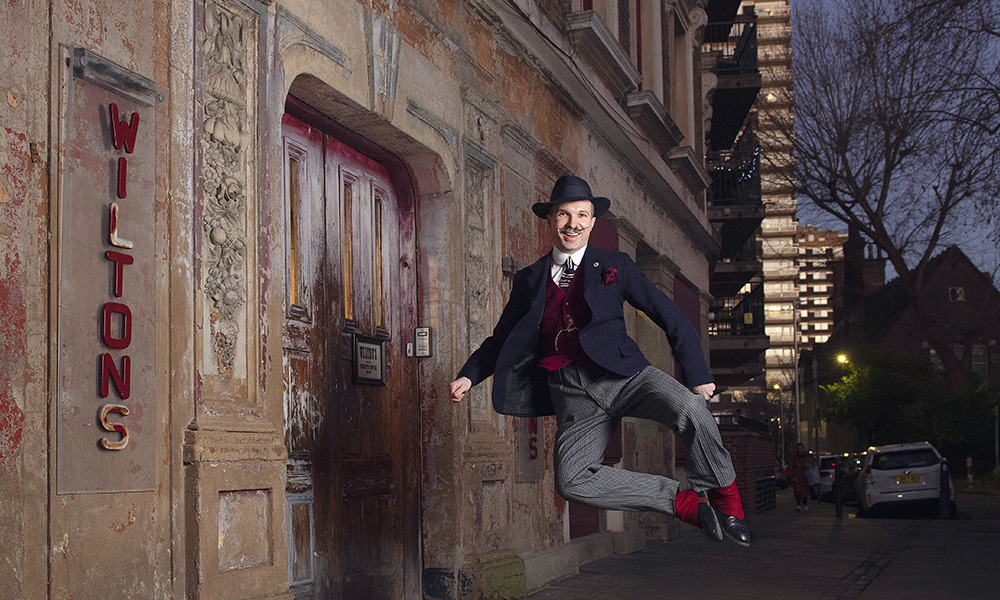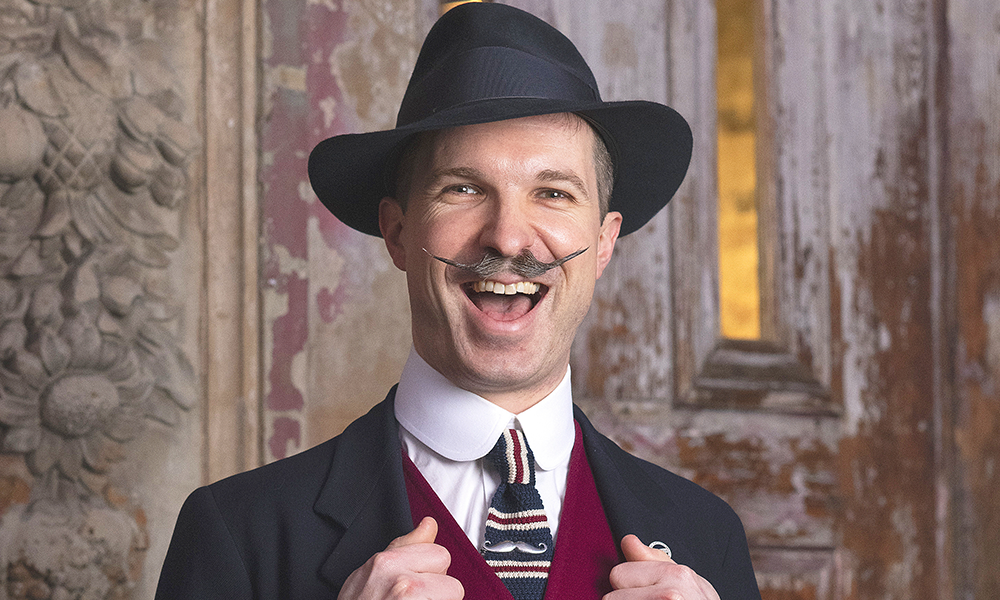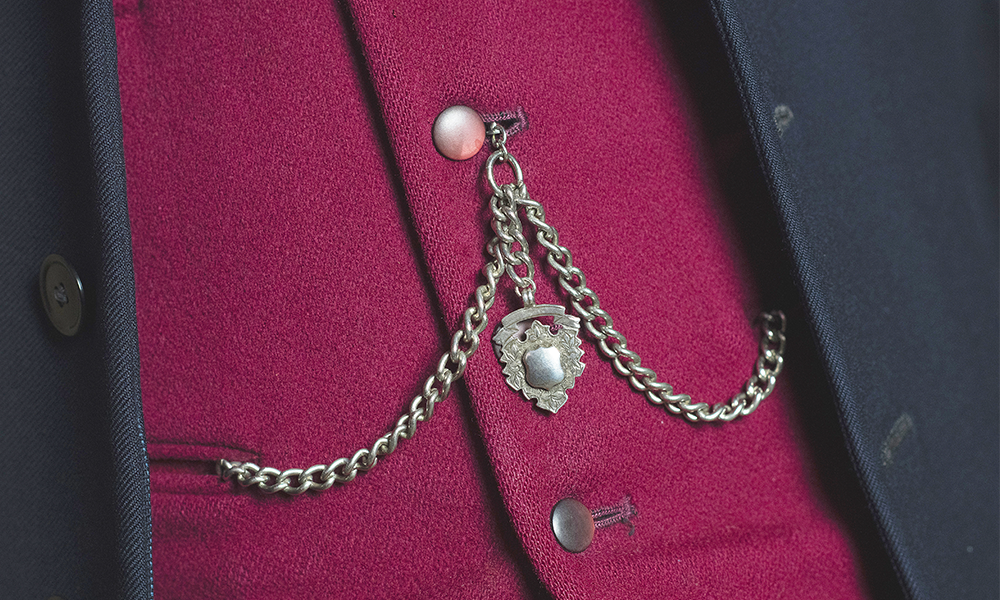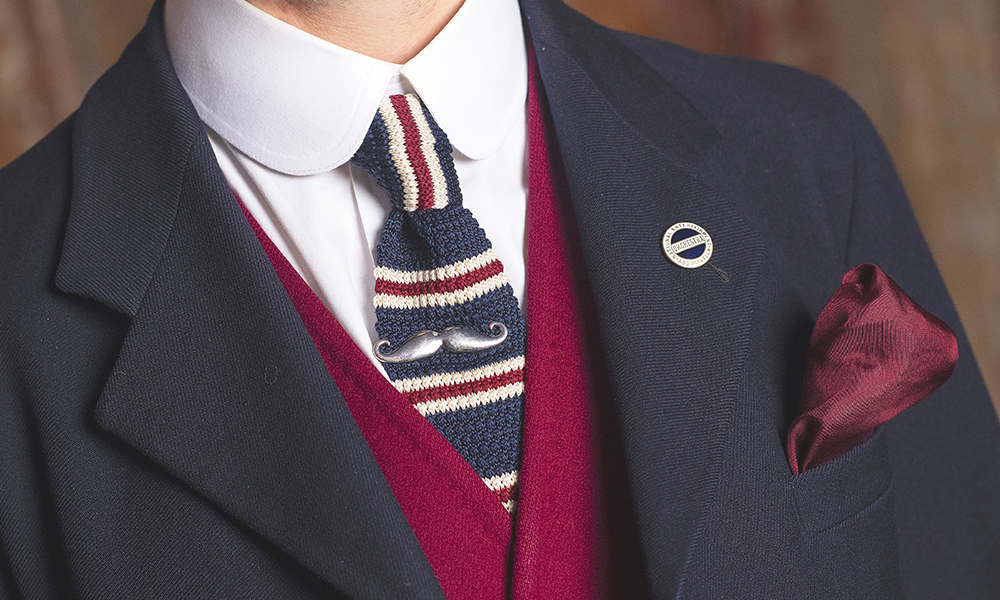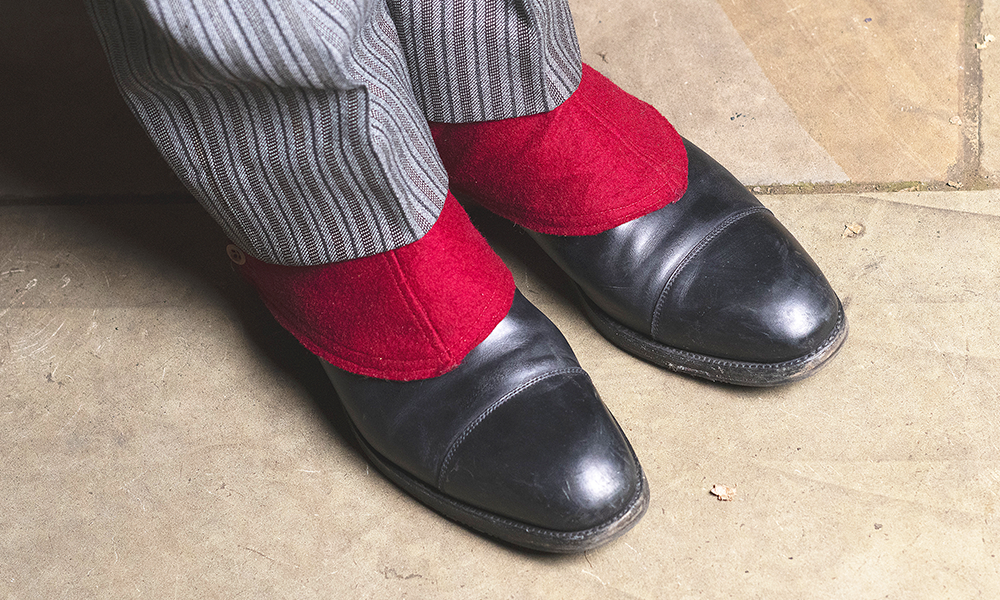Adaptation for the stage sees correspondence between Gerard and Alice Fay form the basis of a new show
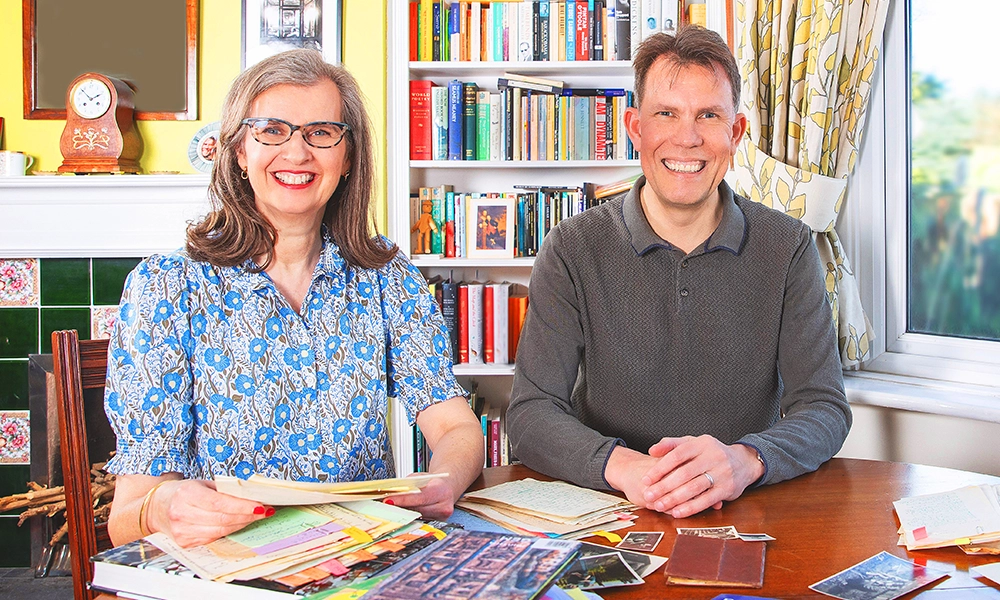
Subscribe to our free Wharf Whispers newsletter here
“Like a lot of people, my journey into the past is through my family,” said Matthew Fay.
“When my parents were moving house, a box emerged from the attic that my dad had kept his whole life, but never opened.
“Inside there were letters from my grandfather and my grandmother, written during the Second World War – hundreds of them.
“They pretty much wrote every day for four years.
“My dad died very soon after that, so he never read them, but I decided to keep them, without really being sure what to do with them.
“During lockdown, I started to get a bit curious about them and the story they told.”
Matthew’s grandparents were Manchester Guardian journalist Gerard Fay and his wife Alice, who he addresses as Loll – short for Lollipop.
While “Ger” was called up to fight in 1940 and spent much time in military training across the country, Loll remained at home in the north of England.
While apart, they communicated pretty much solely by letter, writing once or sometimes twice a day.
“I thought the letters were absolutely fascinating,” said Rosanna Greenstreet – a freelance journalist who has compiled Saturday Guardian’s celebrity Q&A column for more than three decades. She’s also Matthew’s wife.
“They were all jumbled up in the box, sometimes with just the day of the week written at the top.
“So I set about trying to put them in order using references to events in the war, his army stories, her domestic stories and his rise through the ranks to ultimately become a major.
“Then I digitised them.”
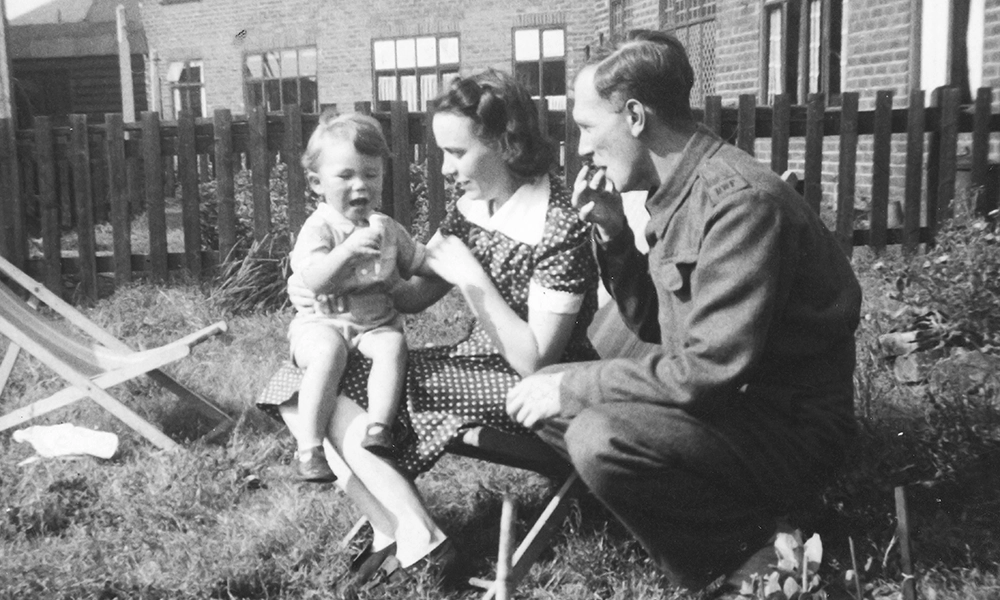
publishing the letters
The couple then released the first six months of letters as an e-book and Rosanna published a piece in The Guardian about the rediscovery of Ger and Loll’s correspondence, before being inspired by a trip to the theatre.
“We went to see a fabulous production of Red Sky At Sunrise with Anton Lesser and Charlie Hamblett playing Laurie Lee the older and younger,” said Rosanna.
“It was a biographical work with music from an on-stage orchestra and we felt it was so moving.
“I thought we should approach the director, Judy Reaves, and do something similar based on the letters, so I wrote to her and she went for it.”
The result is Dear Loll – A Wartime Marriage In Letters, which is set to play at Wilton’s Music Hall on the 80th anniversary of VE Day.
Adapted by the couple and starring Charlie Hamblett as Ger and Daisy Waterstone as Loll, the play is a tale of physical and mental survival, of the experiences of ordinary people during wartime, of the loneliness of separation.
“For the show, it was a question of finding the narrative arc,” said Rosanna.
“There’s so much of interest in the letters.
“Loll is looking after their toddler, Matthew’s father Stephen, and they then have another daughter and she moves into her own home.
“Then you have Ger’s military career, which reaches a climax when he takes part in D-Day and is wounded.
“They row in the letters too and we were very excited when we found the sex, discussion of contraception and pregnancy.”
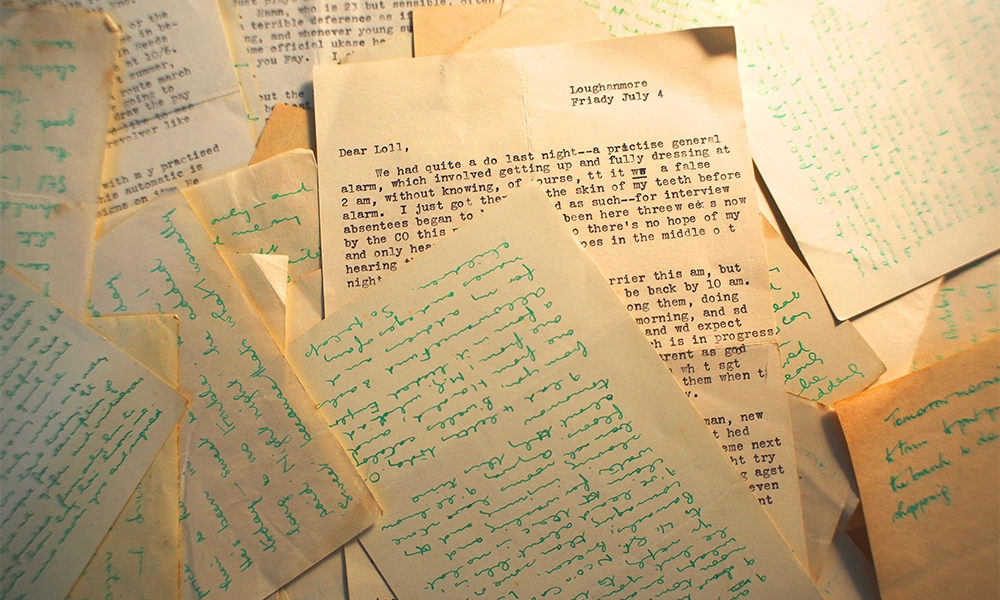
curating the letters for Dear Loll
Matthew, who works as an academic and teacher, added: “We’d actually been to see another show based on letters from the same period, but they were a lot more formal.
“These aren’t like that, they’re very modern, which I was a bit surprised at given my preconceptions about the era.
“As we have both sides of the correspondence, audiences get two very different experiences of the war and I think that’s something very special.
“The letters are a conversation so the adaptation was about sharpening and highlighting that interaction for the stage.
“One of the things the producer asked us to do was to have a section in the play where it was almost like dialogue, with much shorter extracts from the letters to give it more of a feeling of two people talking.
“The drama is inherent in what they wrote, so it was a question of shaping that and making it clear that there were tensions in the relationship because they were apart and then the joy when they were reunited.
“They were also trying to understand each other’s experiences of the war as he’s trying to learn to be a soldier and she’s learning how to survive as a parent on her own.
“Part of what the audience will experience is a fresh, perhaps myth-busting look, at what it was like to be in the army and also what it was like living in Manchester over those four years.”
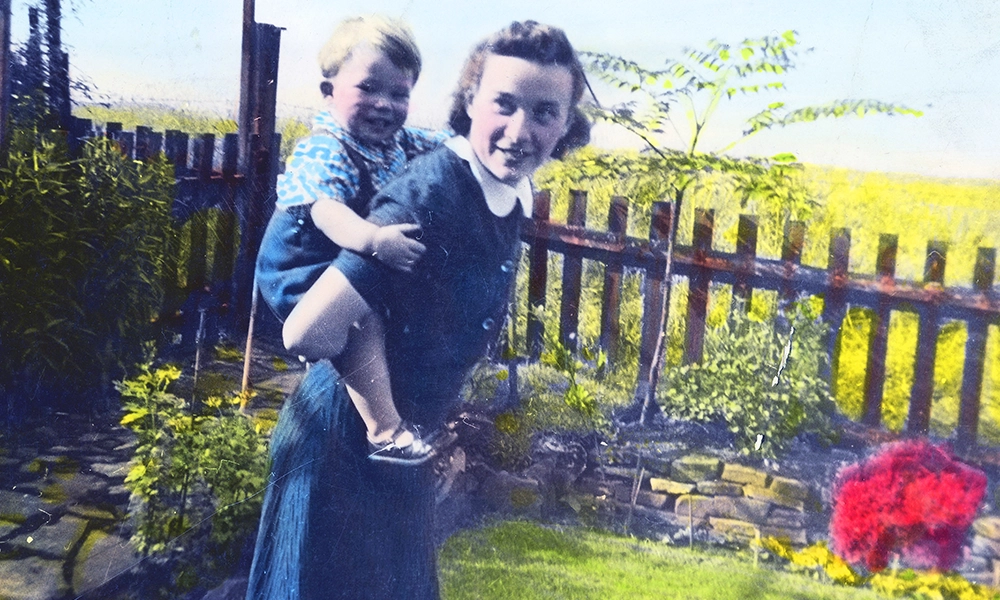
a showcase of period culture
The letters contain a wealth of cultural references, which Matthew and Rosanna have both taken delight in getting their teeth into and the play will feature music from the period played by the Le Page Orchestra on violin, cello, clarinet, bass and harp.
Rosanna said: “They write about all the books they’re reading, the films, ballet and all the musical concerts.
“They’re cultured, but they’re ordinary people – not the rich writing about the war – and that’s what makes this story so unusual.
“They also both have strong social consciences and they are very aware of what’s going on, and don’t want things to go back to where they were before the war.
“For example, Loll tries to find out if she can donate blood, and she’s also very interested in the Beveridge Report, about family allowance, and she’s asking why the family allowance should be given to the husband.
“One quote from her is: ‘I hope the country can be saved from the upper classes, not for them’.
“At one point, Ger goes on a course with the Dragoon Guards and he’s very dismissive of them and all their horses.”
Matthew added: “I think it’s going to be very interesting and moving to see my family on stage.
“I didn’t know my grandparents as they died very young, within a year of each other.
“Ger was a very big character who became the London editor of the Manchester Guardian. The war was part of his rise from very humble origins.
“He had this very successful career, but his legacy is quite complicated in some ways.
“He travelled everywhere as a journalist, wrote books, but he struggled hugely with alcohol too, so there’s a real bitter-sweetness about that story.
“The trauma of the war was so widespread, people didn’t really talk about it.
“When he was in the army, he was articulate – in his prime – and it’s really nice to be able to put that story on stage.”
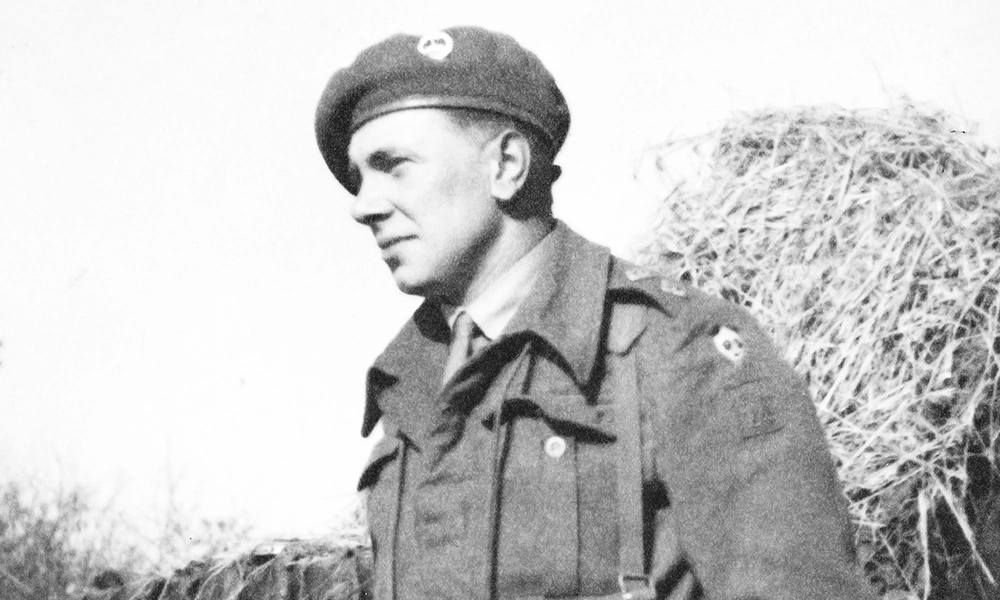
key details: Dear Loll
Dear Loll is set to be performed at Wilton’s Music Hall on May 30, 2025 at 7.30pm and on the following day at 2.30pm and 7.30pm.
Tickets range from £17-£22, running time two hours.
Find out more and book tickets here
Read more: How Orbit Clipper is set to become the first all-electric ferry on the Thames




